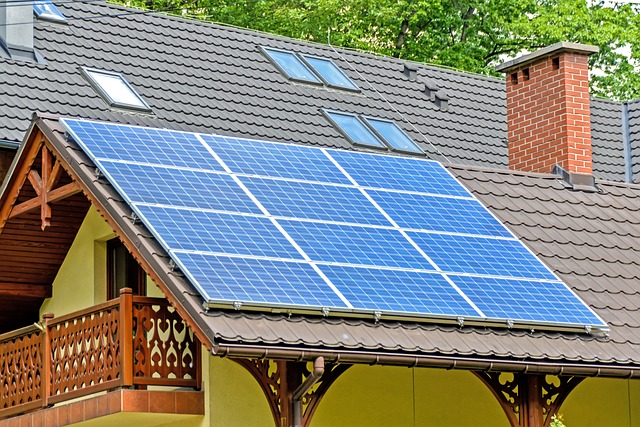
As energy costs continue to rise, many homeowners and businesses are turning to solar panels to reduce their electric bills. Solar energy is promoted as a cost-saving and environmentally friendly alternative to traditional electricity sources. But do solar panels really lower electric bills? Let’s explore how solar panels work, their cost-saving potential, and evidence supporting these claims.
The Cost of Solar Panels and Energy
The initial investment in solar panels can be significant. According to estimates, a typical residential solar system in the U.S. costs between $15,000 to $25,000 before federal and local incentives. However, the federal solar tax credit (currently at 30% in 2025) can significantly reduce this cost, along with other state and local rebates.
Electricity rates in the U.S. vary but generally average around $0.16 per kilowatt-hour (kWh). For households with high energy consumption, this can translate to substantial monthly bills, often exceeding $100. By generating electricity on-site, solar panels can offset much of this expense.
Do Solar Panels Really Lower Electric Bills?
Yes, solar panels can substantially reduce electric bills, and in some cases, eliminate them entirely. Here’s how:
- Offsetting Energy Usage: Solar panels generate electricity during the day, which directly powers your home. This reduces the amount of electricity you need to buy from your utility company.
- Net Metering: In many areas, surplus electricity generated by your solar panels is sent back to the grid, earning you credits. These credits can offset the cost of electricity you use when your panels aren’t generating power (like at night).
- Reduced Dependency on Grid Energy: By producing your own electricity, you reduce your reliance on the grid, which is especially beneficial during peak rate periods.
Evidence of Savings
Studies have shown that:
- Homeowners with solar panels save an average of $600 to $1,500 per year on electricity, depending on their location and energy consumption.
- Over a solar system’s lifespan (typically 25-30 years), savings can exceed $20,000 to $30,000.
- Solar panels can increase property values, with homes featuring solar systems selling for up to 4% more than comparable homes without solar.
Additional Factors to Consider
- Location: Solar savings depend on the amount of sunlight your location receives. States like California, Arizona, and Florida see the highest savings due to abundant sunlight.
- Utility Rates: Areas with high electricity rates benefit more from solar panels.
- System Size: A larger system can offset more energy consumption, but it requires more upfront investment.
Potential Challenges
- Upfront Costs: Even with incentives, the initial expense can be a barrier for some.
- Weather Dependency: Solar panels are less effective in cloudy or rainy conditions, though battery storage can mitigate this.
- Maintenance: Regular cleaning and occasional repairs may be required to maintain efficiency.
Conclusion
Solar panels do lower electric bills by offsetting energy consumption, earning credits through net metering, and reducing reliance on traditional power sources. While the initial investment can be high, long-term savings often make solar a worthwhile option. Factors like location, utility rates, and system size play a critical role in determining the extent of these savings. With proper installation and maintenance, solar panels can provide significant financial and environmental benefits, making them a smart choice for homeowners and businesses alike.

